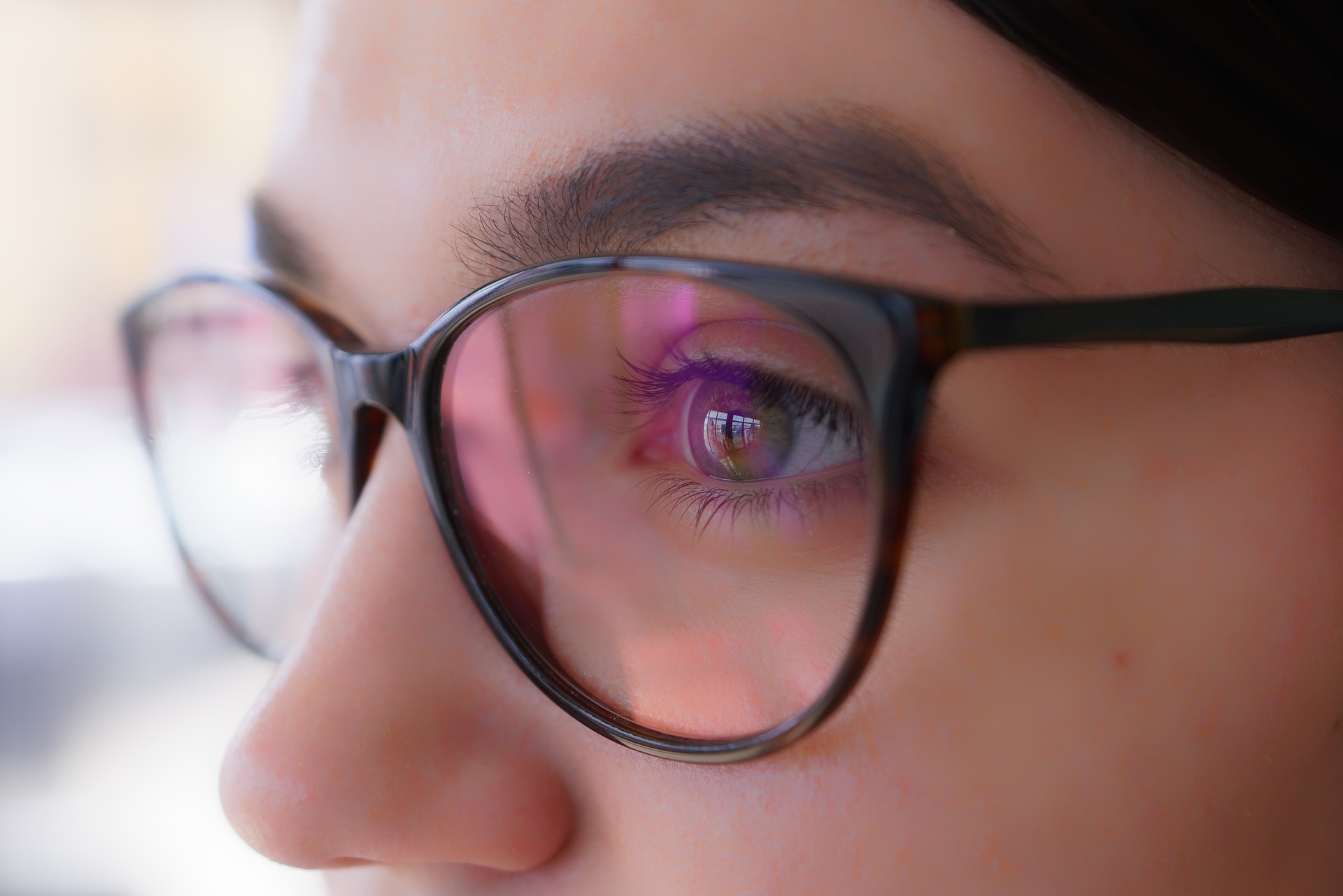Social determinants of health are associated with vision loss


The study is entitled “Association Between Social Determinants of Health (SDOH) and Examination-Based Vision Loss vs Self-Reported Vision Measures” published in JAMA Ophthalmology,
The study also evaluated results from examination-based versus self-reported vision measures. The data showed there were no differences in associations when comparing examination-based and self-reported measures. This is important as self-reported data are collected more frequently than examination-based data, and study results suggest that using self-reported vision data can be used as a proxy measure to track trends in SDOH and vision locally and over time.
Five key domains for SDOH evaluated in the study include:
- economic stability (income, employment status, food security status)
- education access and quality (educational attainment)
- health care access and quality (health insurance, having a primary care provider or routine place to go for health care)
- neighborhood and built environment (owning a home, living in an urban or rural residence)
- social and community context (marital status)
People with higher odds of vision loss include those persons who were widowed, divorced, separated, or never married. Individuals with Medicare, Medicaid, other government insurance recipients, or those who have no insurance had 22-155 percent higher odds of vision problems compared to persons with private insurance. Non-Hispanic Black, Hispanic, or non-Hispanic other race/multiracial individuals had higher odds of vision loss than non-Hispanic White individuals. Additionally, those with low or very low food security had significantly higher odds of self-reported poor vision.
Conversely, individuals who were employed, had higher levels of income and education, owned a home, or had a primary care physician, had lower odds of vision loss.




